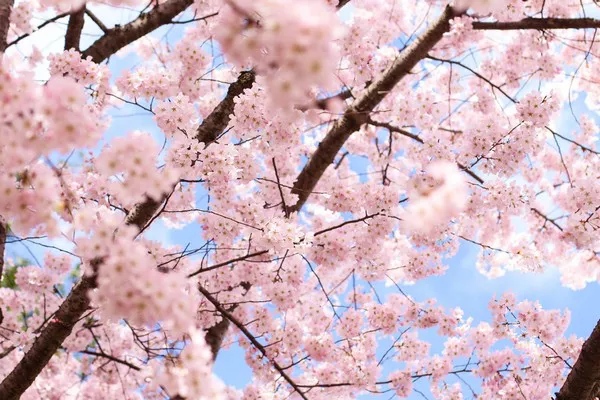Pollinators play a crucial role in the reproduction of many plants, aiding in fertilization and ensuring biodiversity. While flowers are often associated with attracting pollinators, there are various other strategies that can be employed to lure them into your garden or environment. Understanding these alternative methods can be particularly important in landscapes where traditional flowering plants may not thrive or where diversity in attracting pollinators is desired. This article explores creative approaches to attracting pollinators without relying solely on flowers.
1. Provide Alternative Food Sources
While nectar-rich flowers are a primary food source for many pollinators, they are not the only option. Some pollinators, such as certain species of butterflies and bees, also feed on fruits, tree sap, and even carrion. By diversifying the food sources in your environment, you can attract a wider range of pollinators. Consider planting fruit-bearing trees, such as cherry or apple, or leaving out overripe fruit for butterflies and bees to feed on. Additionally, setting up a feeding station with a solution of sugar water can provide a valuable energy source for hummingbirds.
2. Incorporate Host Plants
Many pollinators, especially butterflies and moths, rely on specific host plants for laying their eggs and nurturing their larvae. By including these host plants in your landscape, you can attract not only adult pollinators but also support their entire life cycle. For example, monarch butterflies lay their eggs exclusively on milkweed plants, while certain species of moths depend on specific grasses or herbs. Research the native species of pollinators in your area and incorporate their preferred host plants into your garden design.
3. Create Habitat Diversity
Pollinators require more than just food sources to thrive; they also need suitable habitats for nesting and shelter. By providing a diverse range of habitats, including meadows, hedgerows, and wooded areas, you can attract a greater variety of pollinators. Leave patches of bare ground for ground-nesting bees, install bee hotels for solitary bees, and incorporate water features such as ponds or birdbaths to provide drinking and bathing opportunities. Additionally, refrain from using pesticides and herbicides, as these chemicals can harm pollinators and disrupt their natural behaviors.
4. Utilize Scent and Color
While flowers are known for their vibrant colors and enticing scents, there are other ways to appeal to pollinators’ senses. Certain plants, such as herbs like lavender, rosemary, and mint, emit fragrant oils that can attract pollinators from a distance. Additionally, foliage with variegated patterns or brightly colored berries can serve as visual cues for pollinators. Incorporating a variety of textures and heights in your garden design can also make it more appealing to pollinators, providing them with opportunities for shelter and navigation.
5. Embrace Native Plants
Native plants are adapted to the local climate and soil conditions, making them well-suited for attracting native pollinators. Unlike exotic ornamentals, native plants have evolved alongside local pollinators and often provide a more reliable food source throughout the growing season. Research the native plant species in your region and prioritize them in your landscaping efforts. Native grasses, shrubs, and wildflowers can create a diverse and resilient habitat for pollinators, supporting them throughout their life cycles.
6. Cultivate Successional Blooms
While flowers are the most obvious source of nectar for pollinators, it’s essential to provide a continuous supply of blooms throughout the growing season. By planting species with staggered blooming times, you can ensure that pollinators have access to food from early spring to late fall. Choose a mix of early, mid, and late-blooming plants to maintain a steady supply of nectar and pollen. Additionally, consider incorporating plants with night-blooming flowers to attract nocturnal pollinators such as moths and bats.
7. Mimic Flowering Behaviors
In the absence of traditional flowers, certain plants have evolved alternative strategies for attracting pollinators. Some species, such as certain orchids and succulents, mimic the appearance and scent of flowers to lure pollinators close. Others, like certain species of ferns and cycads, produce cone-like structures that contain reproductive structures, relying on wind or small animals to disperse their pollen. By incorporating a mix of these unique plants into your landscape, you can attract pollinators while adding visual interest and diversity to your garden.
8. Provide Shelter and Nesting Sites
In addition to food sources, pollinators also require suitable nesting sites and shelter from predators and inclement weather. Incorporating a variety of structures, such as rock piles, fallen logs, and brush piles, can provide nesting opportunities for ground-nesting bees, be
etles, and other insects. Installing bee hotels or nesting boxes can also support solitary bees and wasps, which play a crucial role in pollination. Additionally, leaving leaf litter and allowing natural mulch to accumulate can create cozy habitats for overwintering pollinators.
Conclusion
Attracting pollinators without relying solely on flowers requires a multifaceted approach that addresses their diverse needs throughout the year. By providing alternative food sources, incorporating host plants, creating habitat diversity, and embracing native species, you can create a resilient and inviting environment for pollinators to thrive. By utilizing scent and color, cultivating successional blooms, mimicking flowering behaviors, and providing shelter and nesting sites, you can enhance the attractiveness of your landscape while supporting biodiversity and ecosystem health. By implementing these strategies, you can enjoy the beauty of pollinators in your garden while contributing to their conservation and well-being.


